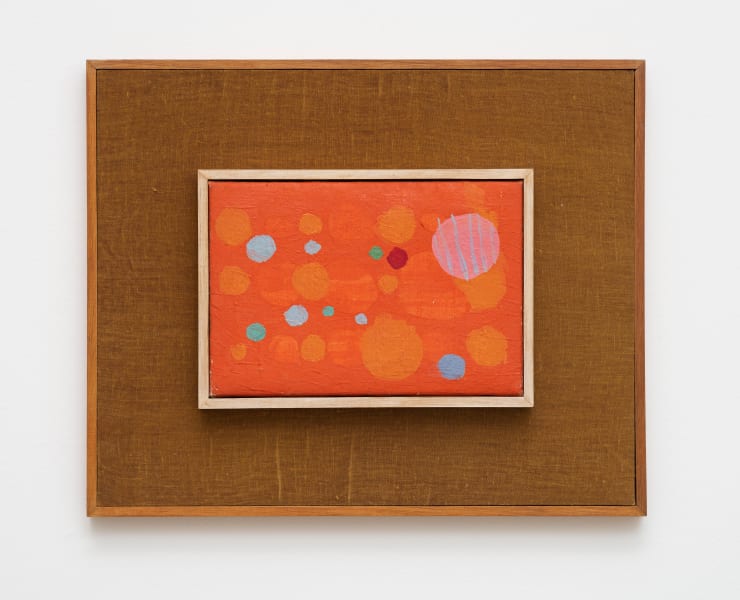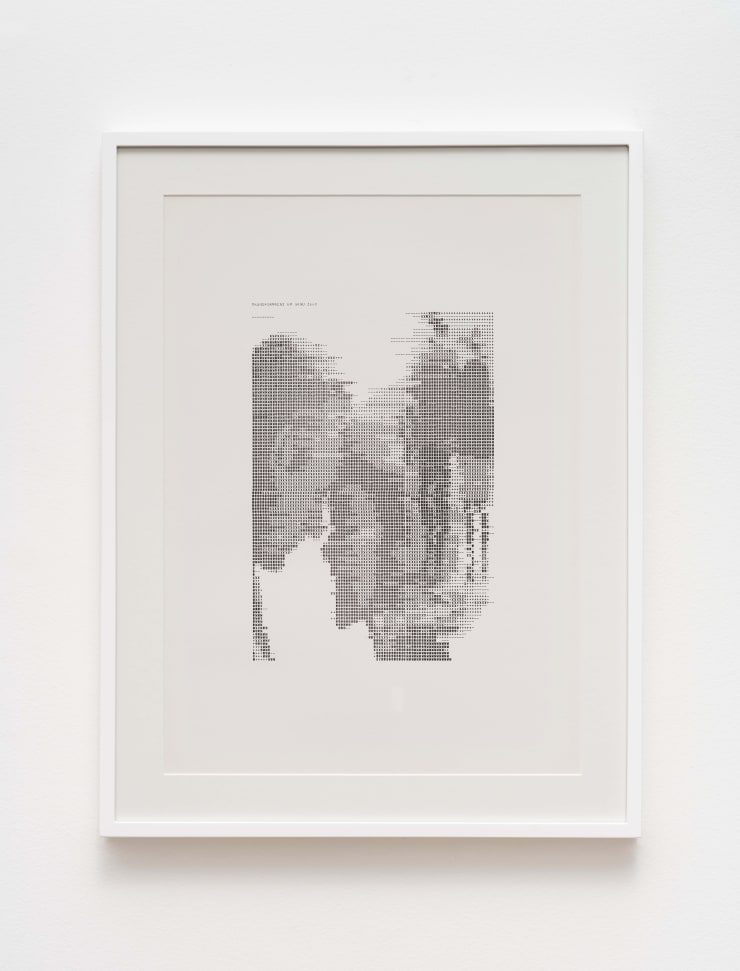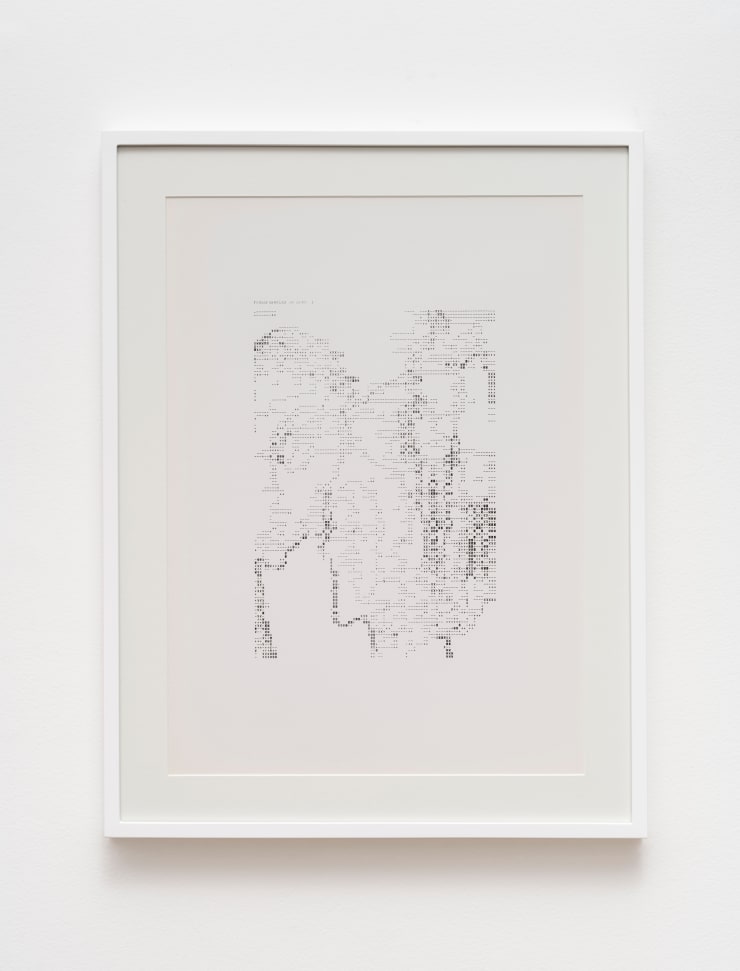-

-
May 09th - 13th
WALDEMAR CORDEIRO
TEFAF 2025
BOOTH 310 -
In 2025, we celebrate the hundredth anniversary of Waldemar Cordeiro’s birth. To honor his legacy, Luciana Brito Galeria (São Paulo, Brazil) and The Mayor Gallery (London, UK) are presenting a selection of works at TEFAF New York that spans the major phases of his artistic production, from 1949 to 1973. More than simply illustrating the timeless ideas Cordeiro developed, these works reflect his far-reaching impact on the transformation of visual art on a global scale, beginning in the 1950s. Today, he is widely recognized as a significant figure in international cultural history.
Waldemar Cordeiro was born in Italy in 1925 and, at the age of 21, emigrated to Brazil, where he soon became a central figure in the emergence of Brazilian contemporary art. In the early 1950s, he played a leading role in founding and shaping the concrete art movement, which he spearheaded through the establishment of Grupo Ruptura (1952). Conceived by the artist, the Ruptura Manifesto called for a new kind of art – revolutionary, independent, and grounded in the principles of space, time, and objectivity. His work from this period reveals a striking visual complexity combined with intelligent interplay of form and color.
-

-

-

-

-
Between 1960 and 1963, Waldemar Cordeiro entered his Intuitive Geometry phase, during which he began experimenting with hand-drawn lines, demonstrating an interest in perceptual psychology – a creative tool also used in his concrete phase, in the same way he had used the forms and colors of Brazil’s tropical vegetation. A piece from this period was featured in the 60th Venice Biennale in 2024.
In 1964, Cordeiro began incorporating found objects from everyday life into his compositions, calling them Popcretos – a term coined by poet Augusto de Campos to combine pop and concrete art. Inspired by the concept of the “open work,” developed by scholar Umberto Eco, he included active public participation in his work, along with political critiques of Latin American realities and global consumerism.
-

-
-

-
By the late 1960s, Cordeiro had become a pioneer in the field of computer-based art in Latin America. Using photographic sources, he developed his own methodology to explore visual transformations of figurative imagery, experimenting with the new possibilities offered by emerging technologies. In 1971, he organized Arteônica, the first international exhibition of computer art in Brazil, which definitively introduced electronic media into artistic discourse. The term Arteônica – coined by Cordeiro to unite art and electronics – remains unique in its ability to encompass all phases of electronic media in the history of art. His contributions in this area are widely regarded as both groundbreaking and visionary.
-

-

-
-

-

-
Waldemar Cordeiro, "Computer-Art"
Excerpt of the film Waldemar Cordeiro - Exact Phantasy.
-
Waldemar Cordeiro
1925, Rome, Italy – 1973, São Paulo, BrazilWaldemar Cordeiro was a key figure in the development of concrete art, a vanguard movement essential for the transition of modern art to contemporary art, which came to define 20th-century Brazilian art. Besides being a pioneer in computer art as early as the 1960s, Waldemar Cordeiro developed and implemented important landscaping designs in Brazil. In his interdisciplinary research he defended painting in its essence, with self-supporting basic colors and lines, without the backing of figurative representation. He was notable for his objective and rational art, very much associated with his theoretical studies, as well as for his investigation of industrial materials and elements. Cordeiro worked for an art accessible to all, seeking a collective sense that was also aligned with technology, to design and to landscaping. His research in art was always coupled with a social and political concern.Waldemar Cordeiro studied at the Academy of Fine Arts of Rome (1938) and at the Tasso Lyceum of Rome (1945). In 1949, he took up residence in Brazil. He participated in the inaugural show of the Museu de Arte Moderna of São Paulo (MAM-SP), Do figurativismo ao abstracionismo (1949), and in the 1st Bienal de São Paulo (1951). He was also one of the organizers of the show Ruptura, also at MAM-SP (1952), and of Arteônica, at Fundação Armando Alvares Penteado, FAAP-SP (1971). Solo shows of his work have been held at noteworthy venues, including the permanent show online Waldemar Cordeiro: Bits of the Planet, ZKM Center for Art and Media (Germany), MAM-RJ/SP, CCSP, Buffalo University (USA), MAC-SP, Itaú Cultural, São Paulo, and the Paço Imperial, Rio de Janeiro. Group shows featuring his work have been held at important venues which include the Walker Art Center (USA), the Pinacoteca de São Paulo, the Museum of Fine Arts Houston (USA), the Museum of Modern Art (MoMA), New York (USA), CCBB-SP/RJ, Goethe-Institut, New York (USA), the Museo Nacional Centro de Arte Reina Sofía, Madrid (Spain), Instituto Tomie Ohtake, São Paulo, the Venice Biennale (2024), the Bienal de São Paulo (2012, 1975, 1973, 1969, 1967, 1965, 1963, 1961, 1959, 1957, 1955, 1953 and 1951), and the Biennial of Nuremberg (Germany). Waldemar Cordeiro’s works figure in many prominent collections, including those of the Cisneros Fontanals Art Foundation (USA), the Museu de Arte Contemporânea of the University of São Paulo, the Patricia Phelps de Cisneros Collection (USA), the Pinacoteca de São Paulo, the Museum of Modern Art (MoMA) of New York (USA), the Museum of Fine Arts, Houston (USA), and ZKM Museum (Germany).


















